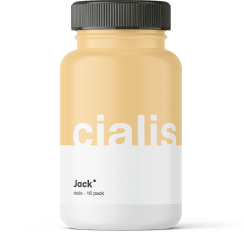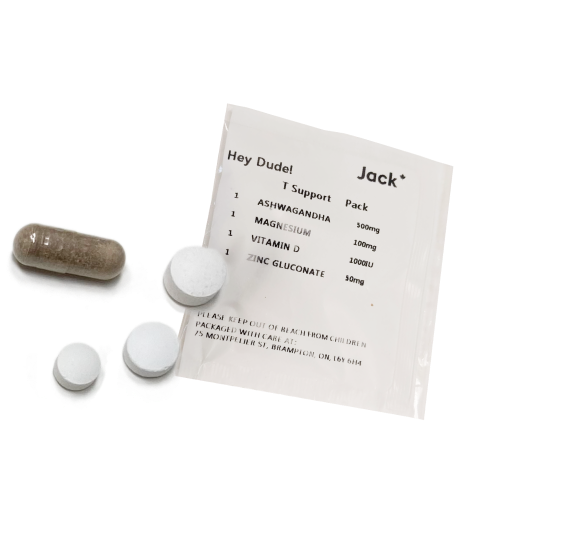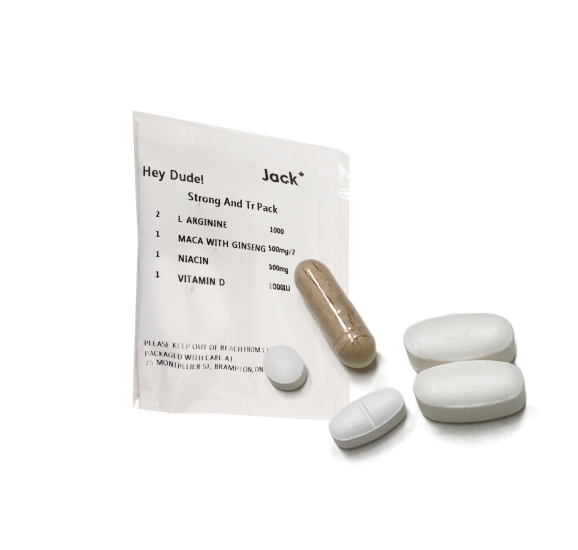You finally commit to growing a beard… and instead, it grows in like a half-loaded printer…
Patches here, bare spots there—it’s not the bold, masculine look you were going for.
Before you assume something’s wrong with your hormones, let’s clear up what a patchy beard really means.
Yes, a patchy beard can be influenced by testosterone levels, but that’s just one piece of the puzzle. In fact, patchiness is not always caused by low testosterone. Some guys with high testosterone still can’t connect their beard lines, while others with low testosterone grow glorious manes.
So what’s really going on? Stick with us. We’ll unpack the science behind beard growth, break down hormonal and non-hormonal causes of patchiness, and show you what you can actually do about it.
How Does Testosterone Affect Beard Growth?
Testosterone is the main male sex hormone, but it’s not just about muscles and libido—it plays a big role in facial hair too. More specifically, beard growth is influenced by DHT, a more potent form of testosterone known as dihydrotestosterone.
When testosterone converts to DHT, it binds to hair follicles, instructing them to grow. So yes, beard thickness can be influenced by testosterone levels, but here’s the kicker: not all follicles are equally responsive to DHT.
That’s where genetics steps in.
One study published found that beard follicles produce significantly more DHT than scalp follicles, which helps explain why men with certain hormonal profiles tend to grow thicker beards, even when their overall testosterone levels are average. The researchers linked this directly to DHT production and its action in the hair follicle’s growth center.
In other words, a patchy beard can occur even with normal testosterone—what matters more is how your body uses those hormones. If you’re unsure whether your levels are normal, look out for these low testosterone signs in men.
Can You Grow a Full Beard With Low Testosterone?
Yes, it’s possible. While testosterone plays a role in stimulating beard growth, patchiness is not always caused by low testosterone. Some men with below-average levels grow thick, even beards—why? Because of genetic sensitivity to DHT.
A great example is the famous Hollywood actors with softer beards. Some are known for testosterone-related roles but still show minimal facial hair. It’s not that they lack masculinity—it’s likely that their hair follicles simply don’t respond strongly to DHT.
At the same time, men with patchy beards often do not mean they have a hormone disorder at all. Your beard struggle may indicate uneven androgen sensitivity or be hereditary. It’s not a reflection of your manhood or overall health.
What Causes a Patchy Beard?
So if testosterone isn’t the only factor, what else contributes to patchy beard growth? The truth is, patchiness can be linked to age and puberty stage, health, and even your grooming habits. Identifying the root cause is key to knowing how to treat it—if it even needs treatment at all.
Hormonal Reasons
Testosterone and DHT:
These hormones drive facial hair growth. DHT, a testosterone byproduct, activates beard follicles to produce thicker hair. When levels are low or conversion is impaired, beard growth may slow or become patchy. Low DHT can also cause follicle shrinkage, resulting in finer, sparser hair.
If you’re considering treatments like finasteride or testosterone therapy, it’s important to understand how finasteride, testosterone, and TRT impact beard growth.
Genetic Factors:
Even with normal hormones, some men have follicles less sensitive to DHT due to genetics. In these cases, beard growth can occur even with normal testosterone. It’s not a disorder—just how your body works. Patchiness can be hereditary and doesn’t mean something is wrong.
Age and Hormonal Decline:
Patchy beards are common in younger men as hormone levels fluctuate during puberty. As you age, testosterone can decline, which can affect beard density. The good news: growth often improves over time with age or the right care.
Non-hormonal Factors
- Genetics: Your beard blueprint is written in your DNA. If your dad or uncles had patchy beards, yours can be hereditary too.
- Skin health: Acne, scarring, and conditions such as eczema or fungal infections can indicate changes in follicular density and impede new growth.
- Lifestyle: Nutritional gaps, lack of sleep, or chronic stress might improve with lifestyle changes, and so can your beard.
- Medications and medical conditions: Antidepressants, steroids, or autoimmune issues like alopecia can interrupt growth patterns. Sometimes, patchiness can be a sign of underlying hormonal imbalance, but often, it does not always require medical intervention.
What Role Does DHT Play in Beard Development?
Think of DHT like premium fuel for facial hair growth: it revs up the follicles to produce thicker, stronger hairs. When testosterone converts into DHT in your skin, this conversion activates receptors in facial hair follicles, turning sparse stubble into a fuller beard.
One older study in the British Journal of Dermatology found that in men with coeliac disease, facial hair growth rate correlated with DHT levels, not testosterone, suggesting DHT plays a direct role in beard development, while testosterone may affect follicle density.
So while testosterone primes your facial hair engine, DHT actually drives the growth. The result: men with higher or more responsive DHT levels often sport thicker beards—even if their testosterone is average.
How to Diagnose the Cause of a Patchy Beard
If your beard growth has stalled and you’re also experiencing fatigue, low libido, or mood changes, it’s a good idea to get it checked, especially if the symptoms persist.
Here’s what a proper diagnosis might involve:
- Blood tests for testosterone and DHT
- Genetic testing to assess follicle sensitivity
- Skin assessments to rule out dermatological issues
A licensed provider at Jack Health can guide you through discreet, at-home testing with no in-person visits needed. You’ll know exactly where you stand—and what to do next.
How To Fix a Patchy Beard Naturally
If you’re dealing with a patchy beard, there are natural ways to encourage growth and improve thickness. From lifestyle changes to supplements, here’s how to support your beard growth without medication.
Natural Approaches
The basics matter. Eat a balanced diet, get 7–9 hours of sleep a night, manage your stress effectively, and stay hydrated.
Beard growth might improve with lifestyle changes, especially when poor nutrition or burnout may result from poor circulation or weakened follicles.
Try adding supplements like biotin, zinc, and vitamin D. These can help improve over time if your body is lacking the right building blocks.
Topical Treatments
Minoxidil is a popular off-label option for treating patchy beards. Originally designed for scalp hair loss, it has helped many men stimulate facial hair growth in sparse areas. One Reddit user noted: “I went from scruffy sideburns to a full cheek beard in 6 months.”
Studies support its effectiveness, showing increased facial hair density with consistent use. However, results vary, and side effects such as skin irritation or dryness may occur. It’s not a guaranteed fix, but it’s a proven option worth exploring.
Medical Treatments
If testing shows a deficiency, testosterone replacement therapy (TRT) could be worth exploring. It’s not for everyone, but it may help men with clinically low levels whose patchiness is caused by hormonal imbalance. If you’re also using hair loss treatments, it’s important to understand whether finasteride causes erectile dysfunction, especially when combining it with hormonal therapies.
Other dermatological options include PRP (platelet-rich plasma) or microneedling, both of which stimulate growth at the follicular level.
Grooming Tips
Finally, work with what you’ve got. Trimming strategically, fading the edges, or using beard pencils and oils can make your beard appear fuller and cleaner. Even if your beard is sometimes a temporary condition, the right styling tricks can make it feel permanent (in a good way).
Key Takeaways
- A patchy beard is not always caused by low testosterone; many other factors are involved.
- Genetics, DHT sensitivity, and lifestyle can all influence beard growth, even in individuals with normal testosterone levels.
- From natural tips to prescription solutions, there are multiple ways to treat patchiness if you choose to.
Frequently Asked Questions
How Can You Tell if Patchy Facial Hair is Hormone-Related?
Watch for other symptoms, such as low libido, fatigue, or muscle loss. Blood tests for testosterone and DHT levels can help confirm if hormones are the issue.
Is it Normal for Teenagers to Have a Patchy Beard?
Yes. Patchy beards in teenagers can be linked to age and the puberty stage. Most guys will fill in their beards in their 20s as their hormones stabilize.
Can a Healthy Man Still Have a Patchy Beard?
Yes. Even with normal hormones, genetics, or DHT sensitivity, patchiness can occur. Grooming techniques, such as strategic trimming and beard fillers, along with treatments like minoxidil, can help create a fuller appearance.
Is a Patchy Beard Permanent?
No. Patchy growth is often temporary, especially when caused by age or lifestyle factors. Treatments like minoxidil or testosterone therapy can help stimulate fuller growth if needed. A provider can guide you to the right option.













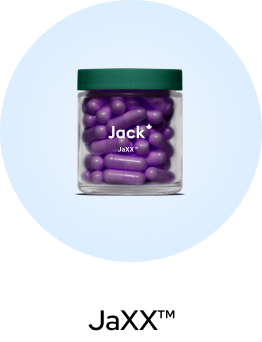
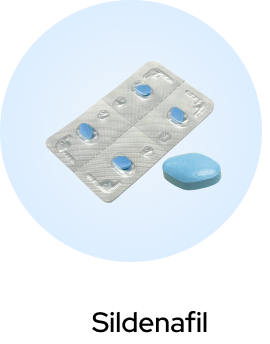
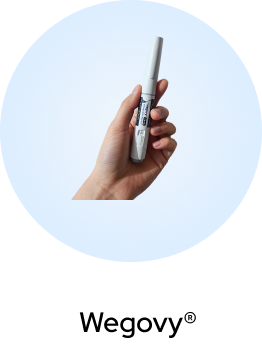
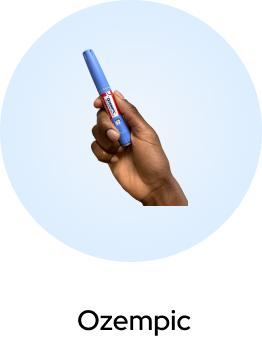


 (US)
(US)